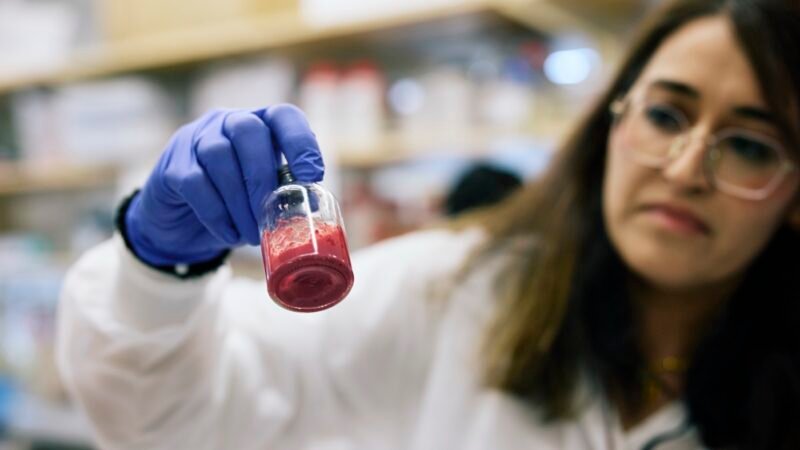Top Highlights
-
Emergency Solution: Scientists aim to create a shelf-stable artificial blood that can be quickly reconstituted and administered in emergencies, potentially saving lives during critical situations.
-
Innovative Design: The artificial blood is made from hemoglobin enclosed in fat bubbles to enhance safety and effectiveness, addressing toxicity issues faced by previous synthetic blood attempts.
-
Military and Civilian Impact: Funded by the Defense Department, this synthetic blood could significantly reduce preventable deaths from hemorrhage in both battlefield and civilian settings.
- Promising Results: Early animal tests show successful recovery using the artificial blood, and human trials may begin within two years, although experts urge caution due to past challenges in artificial blood development.
The Quest for Artificial Blood
Scientists are on the brink of a breakthrough that could revolutionize emergency medicine. Every year, tens of thousands of people in the U.S. die from severe bleeding before they ever reach a hospital. Traditional blood transfusions pose significant logistical challenges. Emergency responders can’t carry blood due to its short shelf life without refrigeration. To address this urgent need, researchers are developing artificial blood that could be stored as a powder. Medics could reconstitute this blood with water in minutes at the scene of an emergency.
This innovative approach aims to save lives where time is critical. Researchers at the University of Maryland School of Medicine are making progress. Their studies involve intricate simulations, using rabbits to replicate severe hemorrhaging scenarios. By encasing hemoglobin in protective bubbles, they hope to eliminate the safety issues linked to previous synthetic blood attempts. This new method shows promise in animal tests, demonstrating the ability to restore normal vital signs swiftly.
A New Era of Medical Possibilities
The implications of successful artificial blood development extend beyond civilian emergencies. Military medics could drastically improve their response to trauma on the battlefield, a realm where quick decisions save lives. Current Department of Defense funding pushes this research forward, recognizing that uncontrolled bleeding is the leading preventable cause of death in combat.
While the results in animal studies appear encouraging, researchers must conduct rigorous human trials to secure FDA approval. Though some experts remain cautious due to past failures in this field, many share a sense of optimism. If scientists can validate their findings in humans, we may soon witness a transformation in how medical professionals manage trauma and hemorrhage. This advancement could lead to a safer, more efficient response to emergencies, highlighting the incredible power of innovative science in our journey to save lives.
Expand Your Tech Knowledge
Stay informed on the revolutionary breakthroughs in Quantum Computing research.
Explore past and present digital transformations on the Internet Archive.
TechV1

